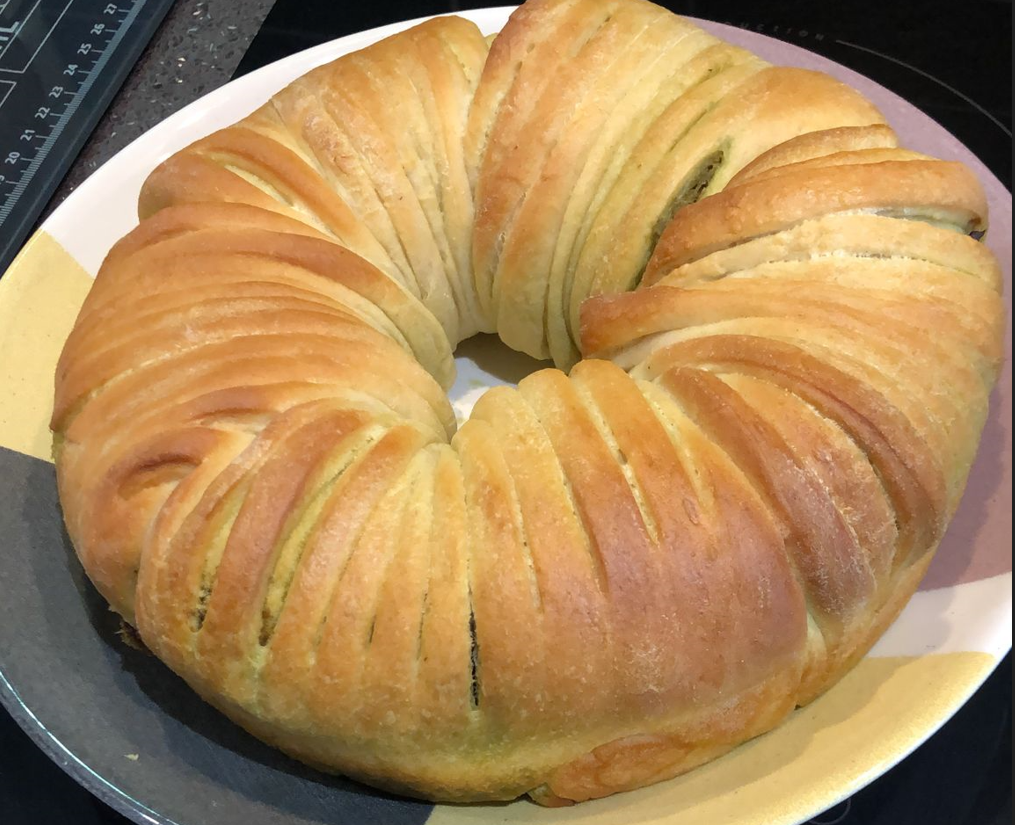Ordered my PCBs - another easy job
/Another job this week that turned out much, much easier than I expected was getting the PCBs ordered for the Bluetooth chord keyboard I’m making.
When I made the original chord keyboard PCBWay reached out to me with an offer of a sponsorship of my next board, which I’ve only just taken them up on. I added the PCBWay plugin to KiCad and ran it to see what happens. What happens is that all your design files get sent to PCBWay, their site opens up and within a few seconds you have a price for the job. All I ended up having to pay was for quick delivery - because I’m an impatient sort. The boards arrive next week and I’m rather excited about this. It turns out that getting a custom PCB made is affordable and easy. I can see me using this service a lot in the future. And I’d really like to have a go at having a PCB made and populated.
The latest version of KiCad lets you put artwork and text on your PCB. I really think everyone should have a go at making their own boards. You might not put much circuitry on it, but you could make it look very pretty.






